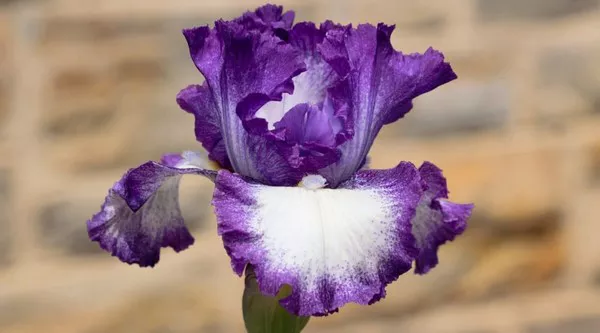Hope, a fundamental human emotion, often finds expression through various symbols in our culture. One such symbol that resonates with hope is the humble flower. Flowers, with their delicate beauty and vibrant colors, have long been associated with emotions and sentiments. In this article, we delve into the captivating world of flowers, exploring the one that stands as a beacon of hope, while also considering the role of flowers in different cultures, and their therapeutic effects on mental well-being.
Flower Symbolism: A Historical Perspective
The use of flowers as symbols dates back thousands of years, with records of their symbolism found in ancient civilizations such as the Egyptians, Greeks, and Romans. In these cultures, flowers were often associated with specific deities or beliefs. However, it wasn’t until the Victorian era that the language of flowers, or “floriography,” gained significant popularity. This system assigned specific meanings to different flowers, allowing individuals to communicate complex emotions and sentiments through the arrangement of blooms.
1. The Universal Language of Flowers
In the realm of flower symbolism, several blooms are linked to hope. However, one flower stands out as the quintessential symbol of this emotion: the iris. The iris flower has a rich history of representing hope in various cultures across the world. With its elegant, sword-like petals and a wide range of striking colors, the iris conveys a sense of optimism and renewal.
2. The Iris: A Beacon of Hope
The iris flower gets its name from the Greek word “rainbow,” which aptly describes its wide spectrum of colors. This vibrant array of hues makes it a versatile symbol of hope, as it can cater to different preferences and cultural interpretations. In Greek mythology, Iris was the messenger of the gods and traveled between heaven and earth on a rainbow bridge, further connecting the iris to hope and divine communication.
In addition to its mythological ties, the iris has practical qualities that embody hope. Its hardy nature, with many species thriving in a variety of climates, symbolizes resilience and adaptability. The iris’s perennial growth and ability to withstand challenging conditions parallel the human spirit’s capacity to endure adversity and emerge stronger, reinforcing its status as a symbol of hope.
3. Cultural Significance of the Iris
The iris’s symbolism as a flower of hope extends beyond its Greek origins. In different cultures, it carries diverse meanings while retaining its essence as a harbinger of optimism.
Japanese Culture: In Japan, the iris, known as “shobu,” is associated with the Boys’ Day festival, celebrated to wish young boys health and success. The iris is believed to have protective qualities and is often displayed to ward off evil spirits and bring hope for the future.
Egyptian Culture: The iris holds significance in ancient Egyptian culture, where it symbolizes communication and connection between people. It represents the link between heaven and earth, much like the rainbow in Greek mythology.
Christian Symbolism: In Christian tradition, the iris is sometimes associated with the Virgin Mary, representing purity, faith, and the hope of salvation.
Chinese Culture: In China, the iris is associated with the 25th wedding anniversary, symbolizing hope and renewal in marital relationships. It also signifies protection and warding off evil spirits.
4. The Healing Power of Flowers
Beyond their symbolic meanings, flowers have therapeutic effects on mental well-being. The practice of flower therapy, known as “floral essences” or “flower remedies,” involves using the vibrational energies of flowers to balance emotional and psychological states. This holistic approach to healing recognizes the connection between emotional well-being and physical health.
Flower therapy practitioners believe that specific flowers can help individuals find hope and emotional balance. For instance, the Bach flower remedy “Gentian” is used to alleviate feelings of discouragement and hopelessness, fostering a more positive outlook on life. Similarly, “Wild Rose” is recommended for those who have given up hope and are resigned to their circumstances, helping them regain enthusiasm and hopefulness.
Conclusion
In the rich tapestry of flower symbolism, the iris remains a potent symbol of hope, transcending cultural boundaries and resonating with people worldwide. Its elegant form, historical significance, and adaptability mirror the human capacity to persevere and find optimism in the face of challenges.
As we explore the multifaceted world of flowers, it becomes evident that they offer more than just visual delight; they possess the power to evoke emotions, communicate sentiments, and foster hope. Whether through traditional flower symbolism, cultural practices, or therapeutic interventions, the iris and its floral counterparts continue to serve as reminders of the enduring human spirit and the limitless potential for hope in our lives.


